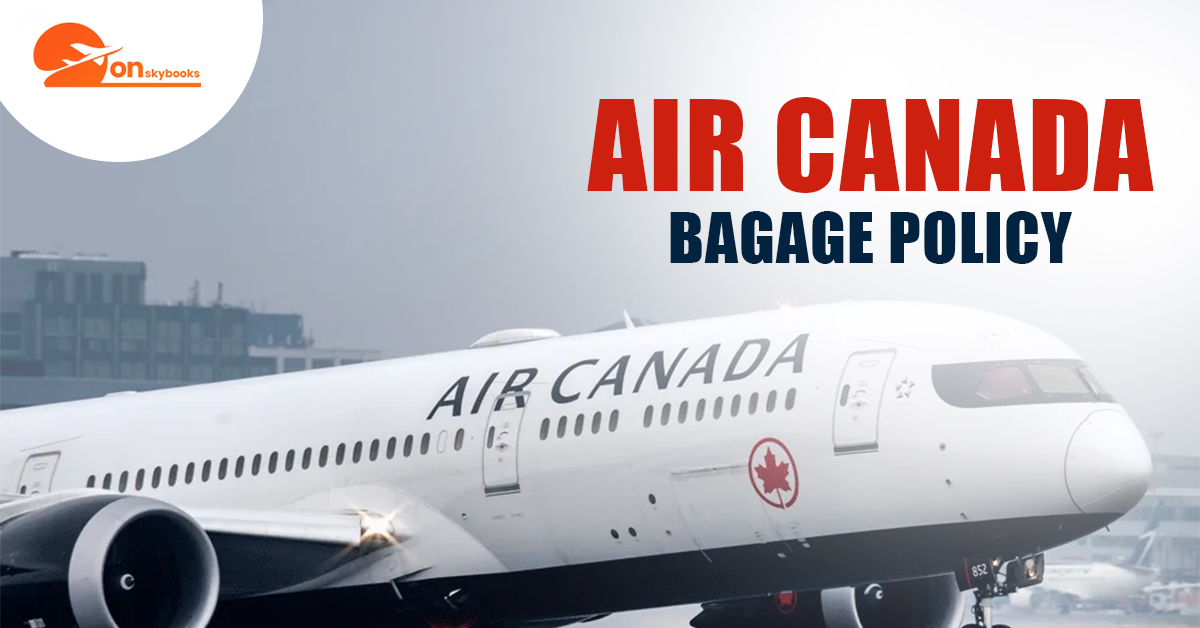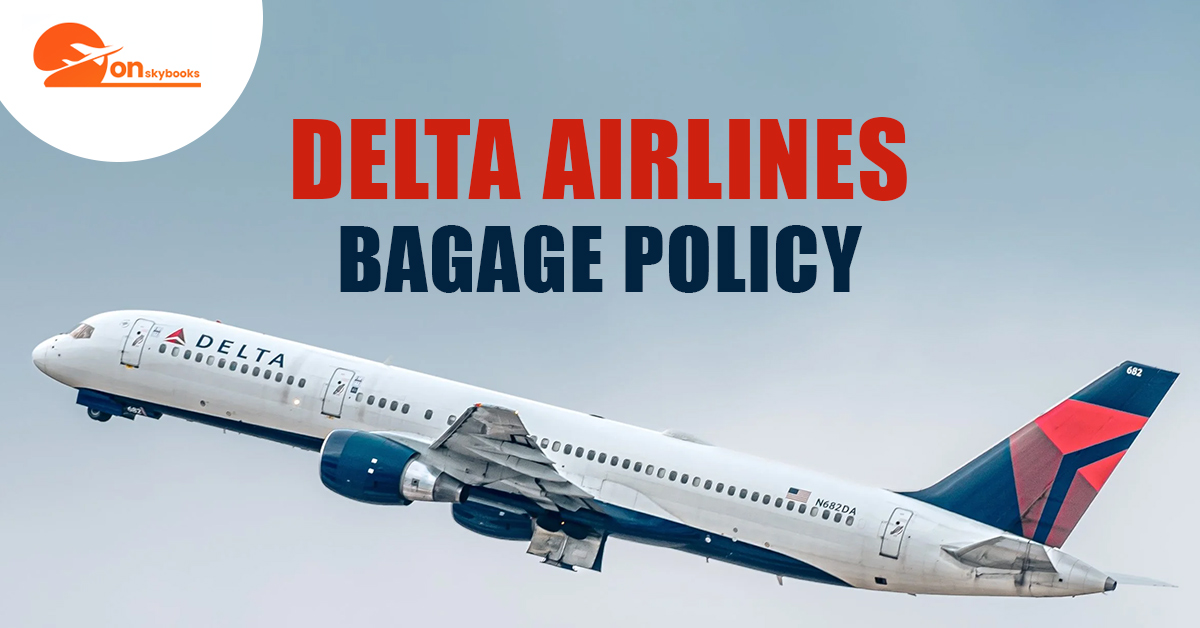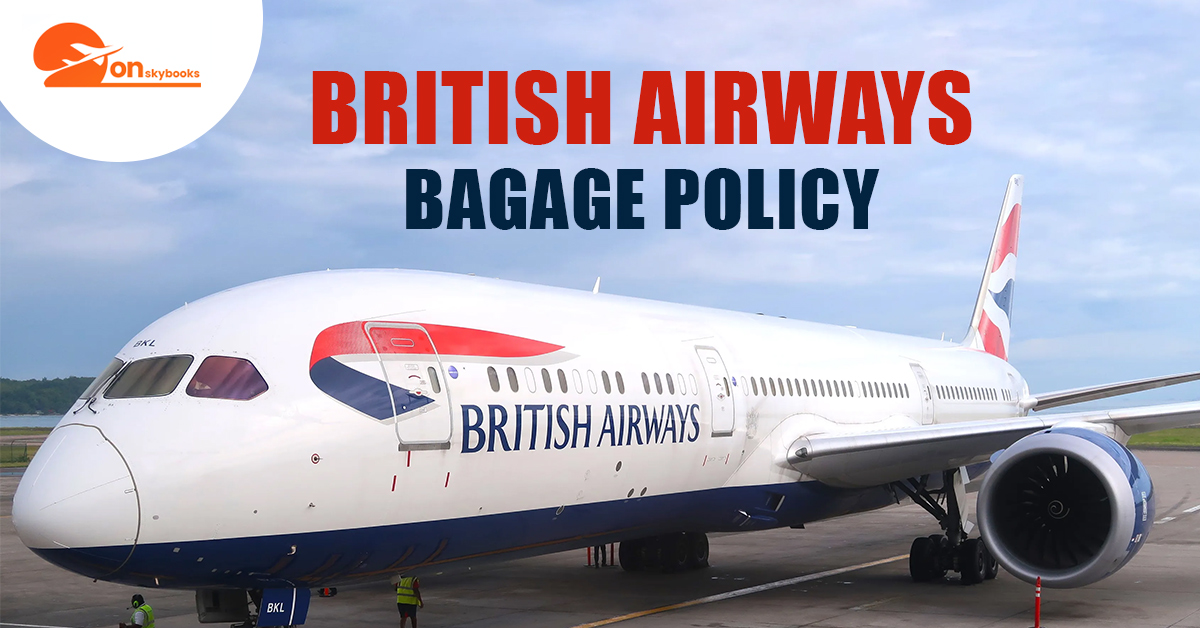The Air Canada Baggage Policy outlines the rules and guidelines regarding the luggage passengers can bring on their flights. It covers details such as the number of bags allowed, weight limits for both carry-on and checked luggage, restrictions on certain items, and any fees associated with excess baggage. Understanding this policy is crucial for travelers to avoid surprises or extra charges at the airport and ensure a smooth journey with Air Canada.
Understanding Baggage Regulations for Air Canada Flights
When it comes to seamless air travel, understanding the baggage policy is crucial. At Air Canada, a clear understanding of their baggage regulations ensures a hassle-free journey. We break down the essential aspects of the Air Canada baggage policy, covering allowances, restrictions, fees, and tips for a smooth experience.
Baggage Allowance Overview
Air Canada’s baggage allowance varies depending on several factors, including the ticket class, destination, and loyalty program memberships. Passengers can typically expect:
- Carry-On Baggage: Air Canada allows one standard carry-on bag and one personal item per passenger. The dimensions and weight limits are specific and should adhere to the airline’s regulations.
- Checked Baggage: The allowance for checked baggage differs across ticket classes and destinations. Passengers are advised to review these details while booking to avoid any inconvenience at the airport.
Special Items and Restrictions
Understanding the rules concerning special items or restricted baggage is pivotal. Air Canada has specific guidelines for items like sports equipment, musical instruments, and medical devices. Comprehending these regulations aids in proper packing and avoids any last-minute complications during the journey.
Excess Baggage Fees
Exceeding the prescribed baggage limits may incur excess baggage fees. These fees vary based on the route and the type of excess baggage. It’s essential to be aware of these potential charges to avoid unexpected costs at the airport.
Air Canada Baggage Allowance
The Air Canada Baggage Allowance refers to the specific amount and type of luggage that passengers are permitted to bring on their flights without incurring additional fees. It typically includes both carry-on and checked baggage allowances, which can vary based on factors such as ticket class, destination, and loyalty program memberships.
Understanding these allowances is essential for travelers to pack accordingly and avoid extra charges or complications during their journey with Air Canada.
How to Pay Air Canada Baggage Fees?
Paying Air Canada baggage fees can be done through various channels:
- Online: Access your booking through the Air Canada website. Navigate to the baggage section, where you can pay for excess baggage fees using a credit or debit card.
- At the Airport: Visit the Air Canada check-in counter or designated kiosks at the airport. Staff will assist in processing any additional baggage fees before your flight.
- Mobile App: If you’ve checked in through the Air Canada mobile app, you may have the option to pay for excess baggage fees directly within the app.
- During Booking: Some fares might allow you to pre-pay for additional baggage during the ticket booking process online. Check the options available during the reservation phase.
Ensure you’re aware of the fees associated with excess baggage to avoid last-minute surprises and make the payment using the method most convenient for you before your flight.
What to Do If Your Baggage is Missing?
If your baggage is missing upon arrival, follow these steps:
- Report Immediately: Head to the airline’s baggage service office at the airport. Inform them about your missing luggage by filling out a form called a Property Irregularity Report (PIR). Provide details like your flight information and baggage tags.
- Provide Details: Offer a detailed description of your missing baggage, including size, color, brand, and any unique identifiers. This aids in locating your belongings.
- Obtain a File Number: Ensure you receive a file reference number or PIR number. This will help track the progress of your claim.
- Stay Updated: Keep in touch with the airline’s baggage services team. Provide a reliable contact number and address for them to reach you with updates.
- Keep Records: Retain all documents related to your travel, including boarding passes and baggage claim tags. These may be necessary for the claim process.
- Check Compensation Policies: Familiarize yourself with the airline’s compensation policies for delayed or lost baggage. They might provide reimbursement for essential items during the time your baggage is missing.
- Follow-Up: If your baggage isn’t found within a reasonable period, follow up with the airline. Provide any additional information requested promptly.
Frequently Asked Questions on Air Canada Baggage Policy
1. How many bags can I carry on an Air Canada flight?
- The allowance varies depending on your ticket class and destination. Typically, one standard carry-on bag and one personal item are permitted per passenger.
2. What are the weight and size limits for carry-on luggage?
- Air Canada specifies dimensions and weight limits for carry-on baggage. Ensure your bags comply with these regulations to avoid any issues at the airport.
3. What is the checked baggage allowance with Air Canada?
- Checked baggage allowances differ based on ticket class, route, and loyalty program memberships. Review your specific allowance while booking.
4. Are there fees for checked baggage on Air Canada flights?
- Fees for checked baggage might apply, especially for excess or additional bags beyond the standard allowance. Familiarize yourself with these fees to avoid unexpected charges.
5. How can I pay for excess baggage fees?
- Excess baggage fees can typically be paid online, at the airport, through the Air Canada mobile app, or during the booking process, depending on the options available to you.
6. What happens if my baggage is lost or delayed?
- In the event of lost or delayed baggage, report it immediately to the airline’s baggage services office. They will assist in filing a report and tracking your belongings. Check the airline’s compensation policies for any reimbursements.
7. Can I bring special items like sports equipment or musical instruments?
- Air Canada has specific guidelines for transporting special items. Review their policy to understand the regulations and any additional charges or requirements.
8. Is there a limit to the value of items I can include in my checked baggage?
- Certain valuable items like electronics, jewelry, or important documents are recommended to be carried in your carry-on instead of checked baggage. Check the airline’s guidelines for any specific limitations.
9. Where can I find more details about Air Canada’s baggage policy?
- For comprehensive and updated information, refer to Air Canada’s official website or contact their customer service for specific inquiries regarding the baggage policy.



